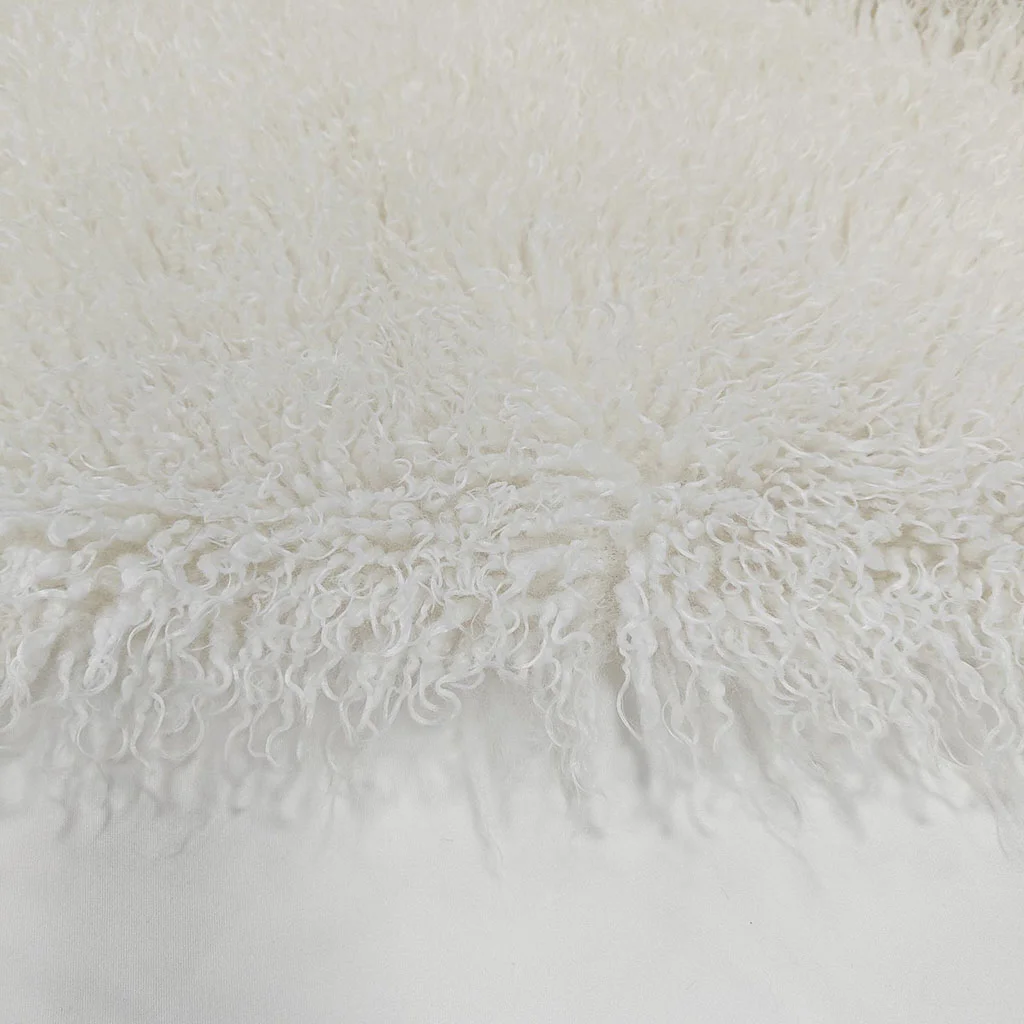In the world of textiles, the quest for comfort, flexibility, and durability has led to the development of various stretchy fabrics that have revolutionized the fashion and functional apparel industries. But what exactly is the name of the stretchy fabric that has become a staple in our wardrobes and athletic gear? This article will explore the different types of stretchy fabrics, their properties, applications, and the science behind their elasticity.
Understanding Stretchy Fabrics
Stretchy fabrics are typically characterized by their ability to elongate and return to their original shape without losing integrity. This property is primarily due to the inclusion of elastic fibers, which can be natural or synthetic. The most common stretchy fabrics include:
- Spandex (Lycra or Elastane): Known for its exceptional elasticity, spandex can stretch up to five times its original length. It is often blended with other fibers to enhance the stretchability of garments, making it a popular choice for activewear, swimwear, and form-fitting clothing.
- Nylon: While not inherently stretchy, nylon is often blended with spandex to create a fabric that offers both durability and flexibility. This combination is widely used in leggings, sports bras, and outdoor gear.
- Polyester: Similar to nylon, polyester can be engineered to have stretch properties, especially when blended with spandex. It is favored for its moisture-wicking capabilities and resistance to shrinking and stretching.
- Cotton Spandex Blends: This combination offers the breathability of cotton with the stretch of spandex, making it ideal for casual wear and everyday clothing.
- Bamboo Fabric: An eco-friendly option, bamboo fabric can also be blended with spandex to create stretchy, breathable garments that are soft against the skin.
The Science Behind Stretchy Fabrics
The elasticity of these fabrics is primarily attributed to the molecular structure of the fibers used. Elastic fibers, such as spandex, have a unique polymer structure that allows them to stretch and recover. When stretched, the polymer chains align in a linear fashion, and when released, they return to their coiled state, providing the fabric with its stretchability.
The blend of different fibers can also enhance the overall performance of the fabric. For instance, adding spandex to cotton not only provides stretch but also improves the fabric's shape retention and comfort. This is particularly important in activewear, where movement and flexibility are crucial.
Applications of Stretchy Fabrics
Stretchy fabrics have a wide range of applications across various industries:
- Athletic Wear: The most prominent use of stretchy fabrics is in athletic apparel. The combination of breathability, moisture-wicking properties, and flexibility makes them ideal for activities such as running, yoga, and cycling.
- Fashion: Stretchy fabrics have made their way into everyday fashion, allowing for more fitted styles that enhance body shape while providing comfort. From jeans to dresses, the versatility of stretchy fabrics has transformed modern clothing.
- Medical Textiles: In the medical field, stretchy fabrics are used in compression garments, bandages, and orthopedic supports, providing necessary support and comfort to patients.
- Home Textiles: Stretchy fabrics are also utilized in home textiles, such as fitted sheets and upholstery, where flexibility and durability are essential.
Choosing the Right Stretchy Fabric
When selecting a stretchy fabric, it’s essential to consider the intended use. For athletic wear, look for moisture-wicking and breathable options like polyester-spandex blends. For everyday clothing, cotton-spandex blends offer comfort and style. Additionally, consider the fabric's weight, stretch recovery, and care requirements to ensure it meets your needs.
Conclusion
In conclusion, the name of the stretchy fabric encompasses a variety of materials, each with unique properties and applications. From spandex to cotton blends, these fabrics have transformed the way we dress and engage in physical activities. Understanding the science behind these materials can help consumers make informed choices, ensuring they select the right fabric for their needs. As the textile industry continues to innovate, we can expect even more advancements in stretchy fabrics, enhancing comfort and performance in our daily lives.


